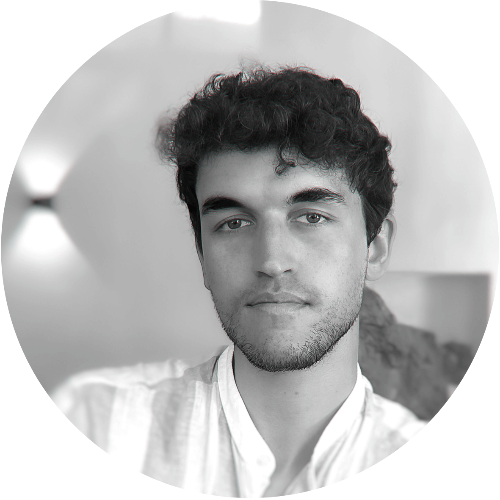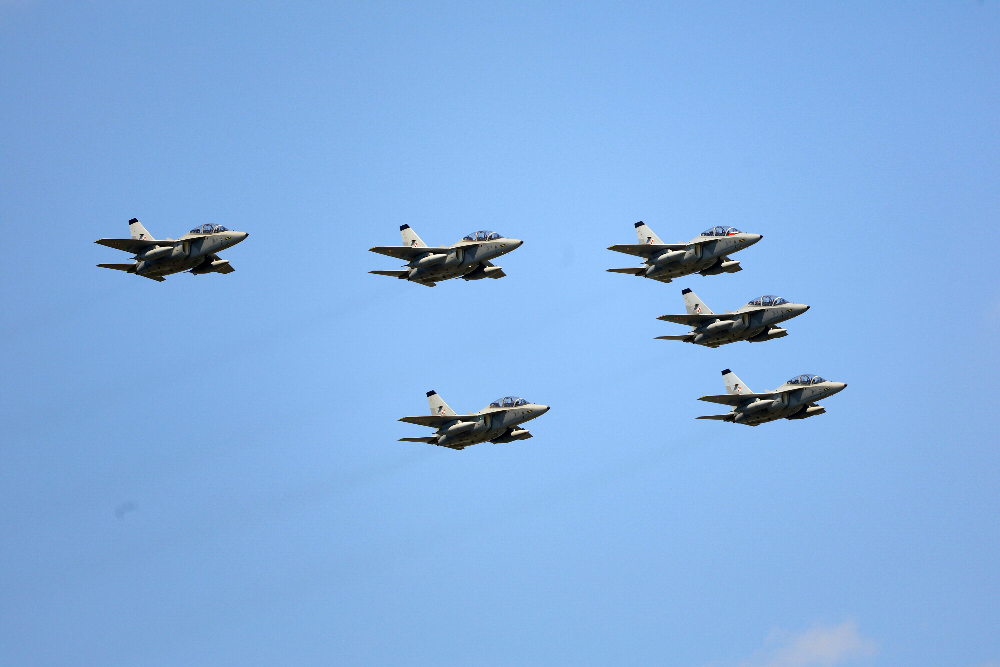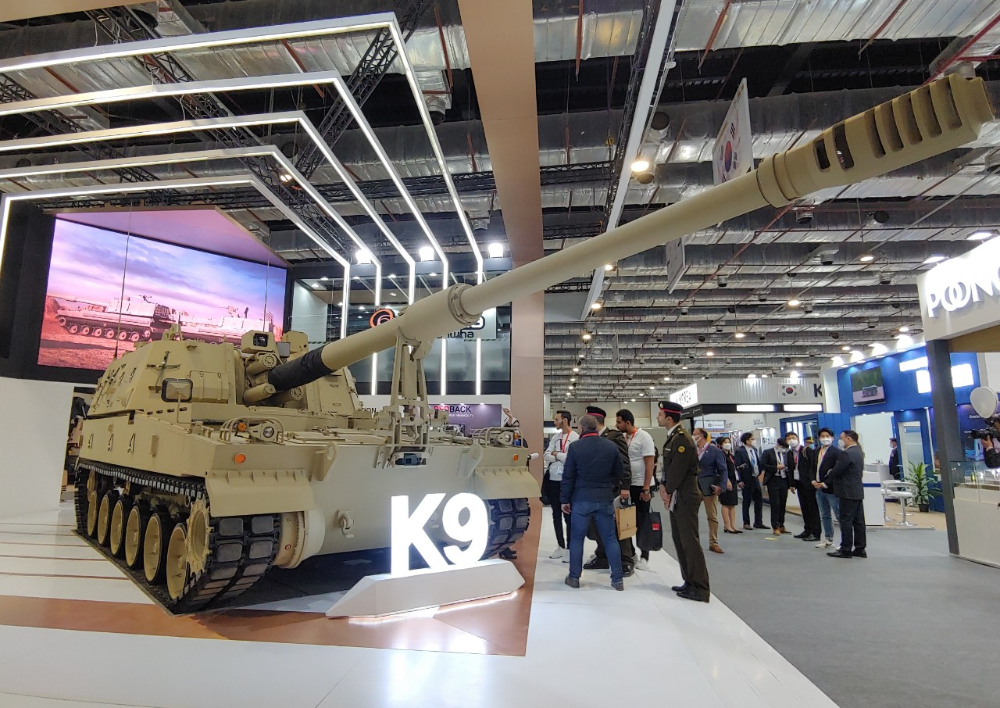
- #Security & Defense
- #South Korea

Key Takeaways:
- From Market Boom to Strategic Partner: ROK defense sales boomed in the EU post-Ukraine, transforming the relationship into a strategic partnership as their security theaters (DPRK-Russia) became linked.
- "K-Defence" vs. "EU First": This boom is uncertain, facing a direct challenge from the EU's new industrial strategy (EDIS), which prioritizes buying from European firms over ROK competitors.
- Diversify or Stagnate: The relationship's future is unpredictable and must expand beyond defense sales to include multilateral cooperation and shared internal challenges like demographics.
Since Russia’s full-scale invasion of Ukraine, the Republic of Korea (ROK) has positioned itself as one of the EU’s main defence exporters. Leveraging production scalability and competitive prices, ROK producers have become the go-to option for countries seeking to rapidly modernise and replenish stocks sent to Ukraine – particularly artillery and associated munitions. This has driven ballooning trade and investment, with frontline countries like Poland importing upwards of EUR 20 billion in ROK defence goods since 2022. The trade has grown in response to a spike in demand and chronic gaps in the EU’s production capacity, but also reflects a broader strategic alignment now beginning to take shape.
For decades, the EU and its members played a targeted role in coordinating with the ROK to uphold sanctions against the Democratic People’s Republic of Korea (DPRK), while occasionally offering diplomatic mediation during periods of de-escalation with Pyongyang. That cooperation was rooted in value-based interests – arms control, peacekeeping, and multilateralism – rather than in any direct strategic linkage. But with DPRK–Russia ties deepening from 2022 onwards – whereby Moscow has backfilled assets for its war of attrition, and Pyongyang likely obtained support to advance its nuclear programme – the two theatres have now become directly linked.
These developments, on top of years of growing economic relations under the 2010 Free Trade Agreement (FTA), led the EU to designate the ROK a strategic defence partner in 2024 – one of a select group of third countries (including the UK, Canada, Japan, and – soon – Australia) eligible to support the EU’s efforts to expand and modernise its defence and security capabilities.
In principle, the partnership should translate into a greater footprint of the ROK defence industry in Europe: indirectly, through the massive spending unlocked by RearmEU and the 5% NATO pledge; and directly, via joint ventures with European firms enabled by looser fiscal rules for defence spending and new liquidity from schemes such as SAFE, where the ROK has applied for participation.
However, it remains unclear how much of the EU’s defence surge will rely on domestic production, and how far European firms will go in partnering with third-country industries that operate at lower cost and higher margin. For example, if the European Commission – rather than national authorities – succeeds in consolidating a top-down role in defence-industrial policy, procurement would increasingly be governed by the targets laid out in the European Defence Industrial Strategy (EDIS): at least 50% from the European defence industrial base by 2030, rising to 60% by 2035. Procurement from outside Europe will continue wherever European producers cannot deliver within a five-to-ten-year horizon, or where foreign purchases also serve a political purpose (such as with the US, to placate the Trump administration). But how much manoeuvre space the ROK will have to fill these openings remains to be seen.
Indeed, the ROK’s success in European markets has already triggered mixed reactions among EU members, with French and German defence firms wary of having their bottom line squeezed. The ROK’s strengths – from the bipartisan push to develop the defence industry (“K-Defence”) as a pillar of its export-oriented economy, to the deep integration between the Korean state (in planning, financing, and R&D) and defence-industrial giants, including chaebols such as Hanwha and Hyundai – are a double-edged sword: they equip the ROK with capacity to scale and innovate, but could also draw suspicion of unfair competition – a highly sensitive point given the EU’s systemic competitiveness challenges.
Other factors further complicate the picture. Expanded investment demands from the ROK’s primary ally, the US, could divert Korean industrial capacity away from Europe. As for SAFE, even the UK – arguably the EU’s most natural defence partner – has not, as of writing, secured participation, with the joint-venture deadline approaching and no third country included so far. Lastly, from the perspective of ROK defence firms and investors assessing the business case for a larger footprint in Europe, the ability of fiscally strained member states to deliver on their defence pledges – often grossly overestimated in EU circles – is far from guaranteed.
Thus, whether the ROK’s market presence in Europe will continue growing or has already peaked remains uncertain. What is clear is that Korean firms are consolidating their presence wherever strong, short-term demand exists. In the past year alone, Hanwha Aerospace has launched joint ventures in Poland and Romania; Korea Aerospace Industries (KAI) has deepened cooperation with MBDA and Germany’s Diehl; and LIG Nex1, Korea’s leading precision-guided missile producer, has signed agreements with Airbus. In the short term, ROK systems are too good a value proposition to refuse – compliant with NATO standards and backed by a general willingness to localise supply chains in Europe and transfer technology so that purchased systems can be maintained or even produced autonomously in the future.
It is impossible to predict whether an equilibrium will be reached between the incentives to buy “K-Defence” and the counter-incentives to favour European production, or whether one side will ultimately prevail. Much depends on whether Europe’s defence surge is sustained and, more fundamentally, on whether Europe remains a net importer of defence in a world where new conflicts – especially in the Indo-Pacific – could reorder global supply and demand. Yet this industrial calculus, however significant, should not become the organising principle of the relationship. As noted earlier, the deeper strategic alignment between the EU and the ROK stems from the growing interconnectedness between the European and Indo-Pacific security environments – a butterfly effect that is only set to intensify and will require closer diplomatic engagement and coordination.
Although the ROK’s ambition to become a key defence actor is economically and strategically coherent (especially given DPRK escalation), and the EU’s pivot to defence is equally grounded in hard realities, cooperation should not lean too heavily on the defence dimension. The EU and ROK should devote far greater energy to resisting the erosion of multilateral institutions – which is already exposing both sides to vulnerabilities well beyond hard security, from economic coercion to the loss of global influence (the failure to reconstitute the UN DPRK Sanctions Panel – vetoed by Russia – being a telling example of how little remains of the old system’s guarantees). Leveraging their growing people-to-people and cultural ties, they should also pay closer collective attention to shared internal challenges – including a looming demographic crunch and a cost-of-living crisis that could undo from within what higher defence budgets are trying to protect from the outside.
K-Defence has plugged gaps in Europe’s long-neglected defence planning that would otherwise have imposed far greater immediate strain on European budgets; in doing so, it has confirmed the unlikely proximity of two geographically distant but increasingly aligned actors. On that basis, much more remains to be done together.
The views expressed in this piece are the author’s alone.

Raul Villegas is a Policy Analyst in the Executive Office of the European Policy Centre (EPC), one of Europe’s leading independent think tanks. His work focuses on international trade, geoeconomics, EU foreign policy, and EU–Asia relations. He holds an MA in International Relations from the University of Chicago, where he was a Fulbright scholar. Before joining the EPC, Raul worked at both the European Parliament and the European Commission.

